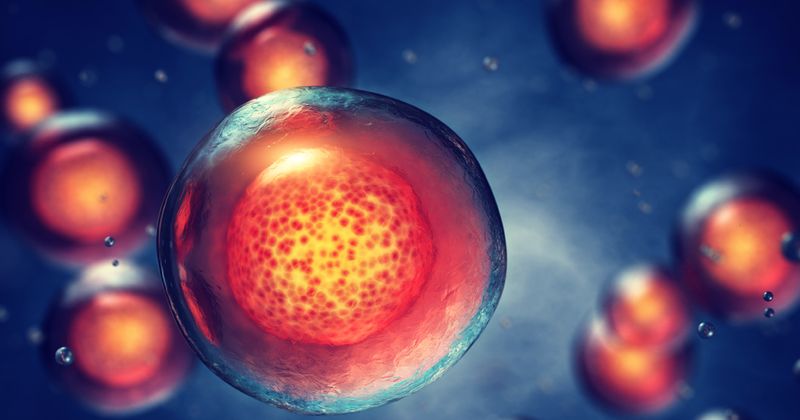Stem cell transplant suppresses relapse in multiple sclerosis up to 4 years
Key takeaways:
- Research has shown that autologous hematopoietic stem cell transplantation is an effective treatment for MS.
- At 2 years and 4 years post-transplant, relapse-free survival rates were 94% and 89%, respectively.
SAN DIEGO — Among individuals from the United Kingdom with multiple sclerosis, autologous hematopoietic stem cell transplantation led to significant relapse suppression up to 4 years, according to a speaker.
“Transplantation is really not a new concept in the MS field,” Gavin Brittain, MBBS, clinical lecturer in neurology at the University of Sheffield in the U.K., said in his presentation at the American Academy of Neurology Annual Meeting.

Previous data on more than 2,000 individuals in Europe have shown that autologous hematopoietic stem cell transplantation (AHSCT) is an effective treatment for aggressive forms of MS, Brittain said.
As such, Brittain and colleagues aimed to report survival rates and response predictors to autologous AHSCT for those individuals with various forms of MS unresponsive to standard treatment.
They conducted a retrospective analysis of 364 individuals with MS (median age, 40 years; 58% women) treated with AHSCT between 2002 and 2023 at 14 U.K.-based locations. Patient data were extracted from the British Society of Blood and Marrow Transplantation and Cellular Therapy/European Group for Blood and Marrow Transplantation registry.
The primary effectiveness outcomes were relapse-free survival (RFS), progression independent of relapse activity (PIRA), relapse associated worsening (RAW), along with no evidence of disease activity-3 (NEDA-3). The researchers employed multivariate analysis to analyze factors associated with both PIRA and NEDA.
The final analysis included 271 enrollees (median age, 40.7 years; 56.5% women), as 93 individuals from the initial cohort had incomplete follow-up data. At baseline, 168 individuals had relapsing-remitting MS (RRMS), 64 had secondary progressive MS (SPMS) and 39 had primary progressive MS (PPMS).
Survival rates for RFS following AHSCT were 94% at 2 years and 89% at 4 years, respectively, Brittain said.
Data further showed that disability progression-free rates at 2 years and 4 years were 91.4% and 68.7% for PIRA, 99.2% and 99.2% for RAW, while the probability of NEDA-3 was 72% and 54.7%, respectively.
Brittain and colleagues additionally reported that patients with progressive MS recorded lower PIRA-free survival (57.3%) compared with patients with RRMS (69.6%).
Further analysis revealed that progressive MS was the singular factor associated with both PIRA (HR = 1.68; 95% CI, 1.05-2.69) and failure of NEDA (HR = 1.62; 95% CI, 1.13-2.33).
Five individuals died within the first 100 days following treatment, three with RRMS and two with PPMS.
“This real-world study shows that transplantation led to ... suppression of relapses, and a durable suppression of clinical progression,” Brittain said.
For more information:
Gavin Brittain, MBBS, can be reached at: gavin.brittain@sheffield.ac.uk.

